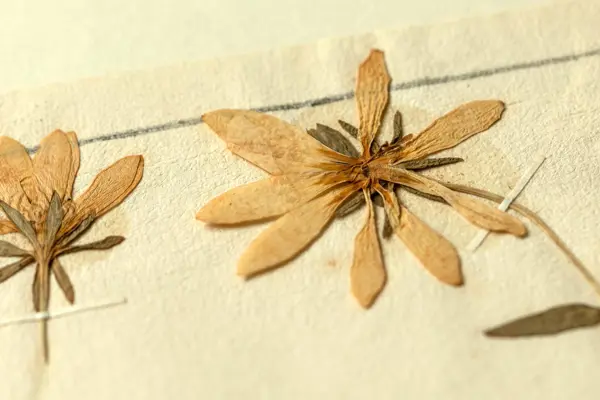
About the Herbarium
The National Herbarium of Victoria was founded in 1853 by Government Botanist Baron Ferdinand von Mueller (1825–1896). It was the first herbarium established in Australia and is the oldest scientific institution in Victoria. Thanks to Mueller’s tireless efforts, the collection is particularly rich in 19th-century specimens. These botanical time capsules give us insights into plant distributions, botanical history and past collecting methods.
The contemporary collecting focus is the flora and fungi of Victoria, but the Herbarium collection is global in scope. One of the great treasures of our global collection is the personal herbarium of Otto Wilhelm Sonder, which contains botanical specimens collected in six continents over five centuries.
The Herbarium is a dynamic working collection that continues to grow as new specimens are collected and preserved to support botanical and conservation research.
What is a herbarium?
A herbarium is a collection of preserved plant, algae and fungi specimens. In many ways it is similar to a library, but the information is stored in biological form rather than book form. The first herbarium was established in Kassel, Germany in 1569. Today there are herbaria in most major cities around the world.
Herbaria are vital resources for plant identification and provide a reference point for how plant names should be applied. Herbarium specimens provide verifiable documentation of the past and present distribution of plant species. They can reveal valuable information about plant biology including flowering time, habitat preference and associated species.
Learn more about herbaria below.
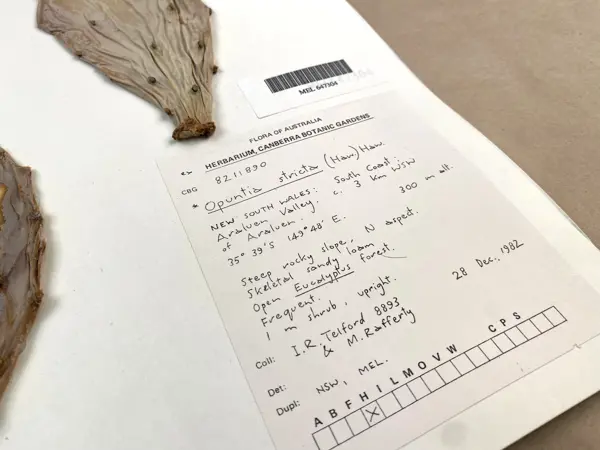
Herbarium specimens are used to identify, classify and name plants, algae and fungi. The information recorded at the time they were collected provides a permanent record of when and where different species have grown, as well as information on the environment they were growing in.

History of the Herbarium
Ferdinand Mueller’s herbarium was the focal point for early Australian botany. He recruited interested settlers to collect plants for him and maintained his vast network of collectors through prolific letter-writing. Specimens were sent to him from all over the continent, including from most colonial exploring expeditions. These expeditions relied heavily on the assistance of Aboriginal people who acted as guides and shared scientific knowledge of plants and place. We recognise the colonial history of botanical science in Australia and acknowledge the often-unrecorded contributions of First Peoples to the Herbarium.
Take a look at the gallery below to learn more about the history of the Herbarium.
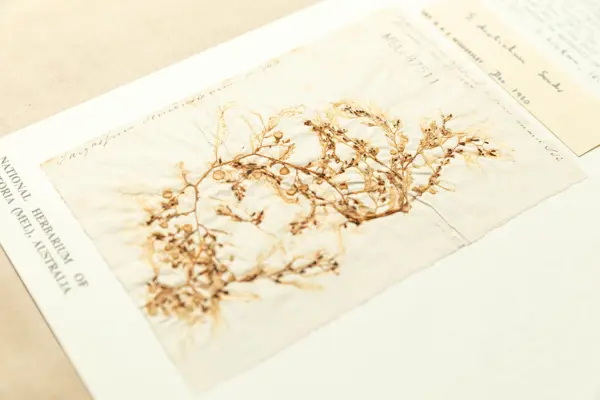
Ferdinand Mueller arrived in South Australia in December 1847 with his sisters, Clara and Bertha. As the ship neared Port Adelaide, Mueller scooped this specimen of Sargassum distichum out of the sea, marking the start of his Australian botanical career.

The Sonder Herbarium
When well-known German botanist Otto Wilhelm Sonder (1812–1881) decided his personal herbarium had become too much to manage, Ferdinand Mueller couldn't let the opportunity to acquire it pass by. But it took Mueller two decades to convince the government to fund the purchase before the impressive collection arrived at the National Herbarium of Victoria in 1883.
Mueller described Sonder’s herbarium as ‘the richest of all private botanical collections in existence’. It is thought to contain 250,000–300,000 specimens and includes important algal specimens from C.A. Agardh and W.H. Harvey, and flowering plant collections by C.F. Ecklon, J.G.C. Lehmann, C.P. Thunberg and C.L.P. Zeyher, as well as others associated with Martius’s Flora Brasiliensis. It also contains valuable Australian material, including specimens collected in Western Australia by J.A.L. Preiss.
Botanical collections from Sonder’s herbarium comprise the bulk of our non-Australian material, which is currently being databased as part of the Foreign Collection Project.
Explore highlights from the Sonder herbarium in the gallery below.
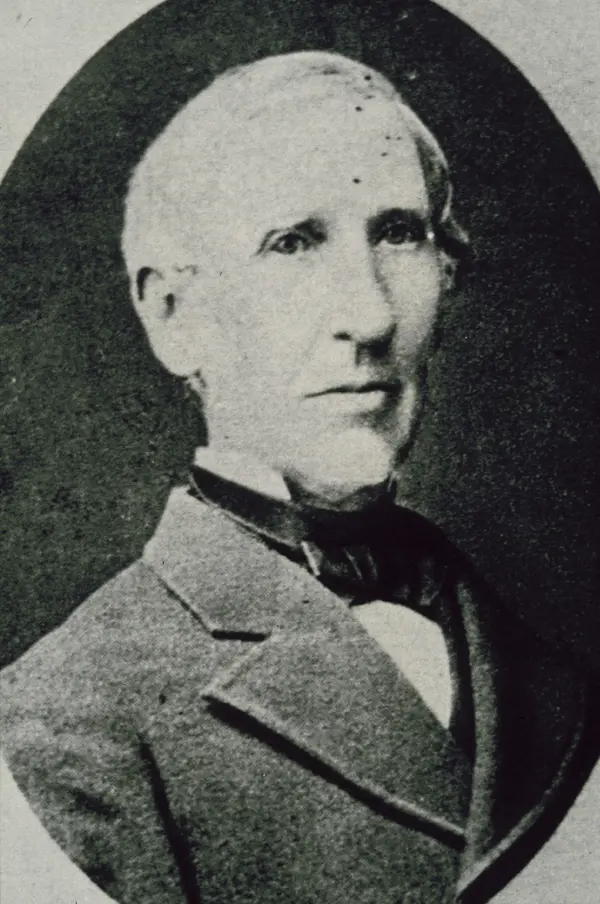
Sonder showed considerable interest in botany from a young age. Like many early botanists, he was trained in pharmacy – which relied on a good knowledge of plants as sources of medicine – and Sonder often embarked on botanical excursions before heading off to work. Throughout his life, Sonder struck up strong professional relationships with eminent botanists of his era. This helped him amass hundreds of thousands of botanical specimens from all over the globe.

Housing the Herbarium
The word ‘herbarium’ is used to describe a collection of preserved botanical specimens, as well as the building that houses them. As a collection, the National Herbarium of Victoria dates back to 1853, when Ferdinand Mueller was appointed Government Botanist. But the first dedicated herbarium building was not constructed until 1860. Before then, the collection was stored in the gardener’s cottage in the Botanic Gardens where Mueller lived.
Explore the photo gallery to learn more.
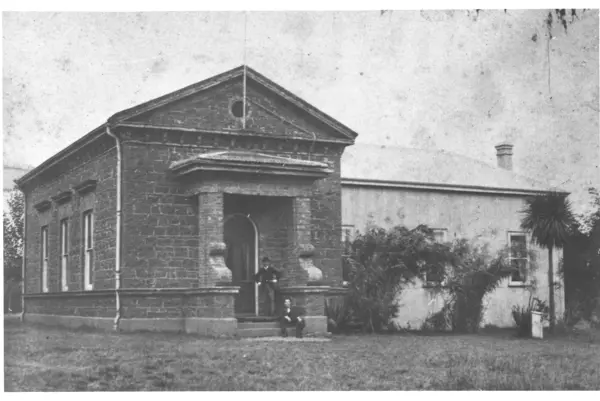
The original herbarium building was a bluestone building in Kings Domain. Built in 1860, it was the only herbarium in Australia for the next 28 years. Mueller quickly filled the building with specimens, complaining about 'want of space and accommodation' as early as 1874. New wings were added in 1883 and 1899 to house the growing collection before the building was demolished in 1935 to make way for the Shrine of Remembrance.

